Nipa Doshi's multidimensional cabinet nourishes mind, body and soul
Nipa Doshi is the Recipient of the 2025 Mecca x NGV Women in Design Commission; in Melbourne, she creates a miniature world that blends cultural heritage and personal memory
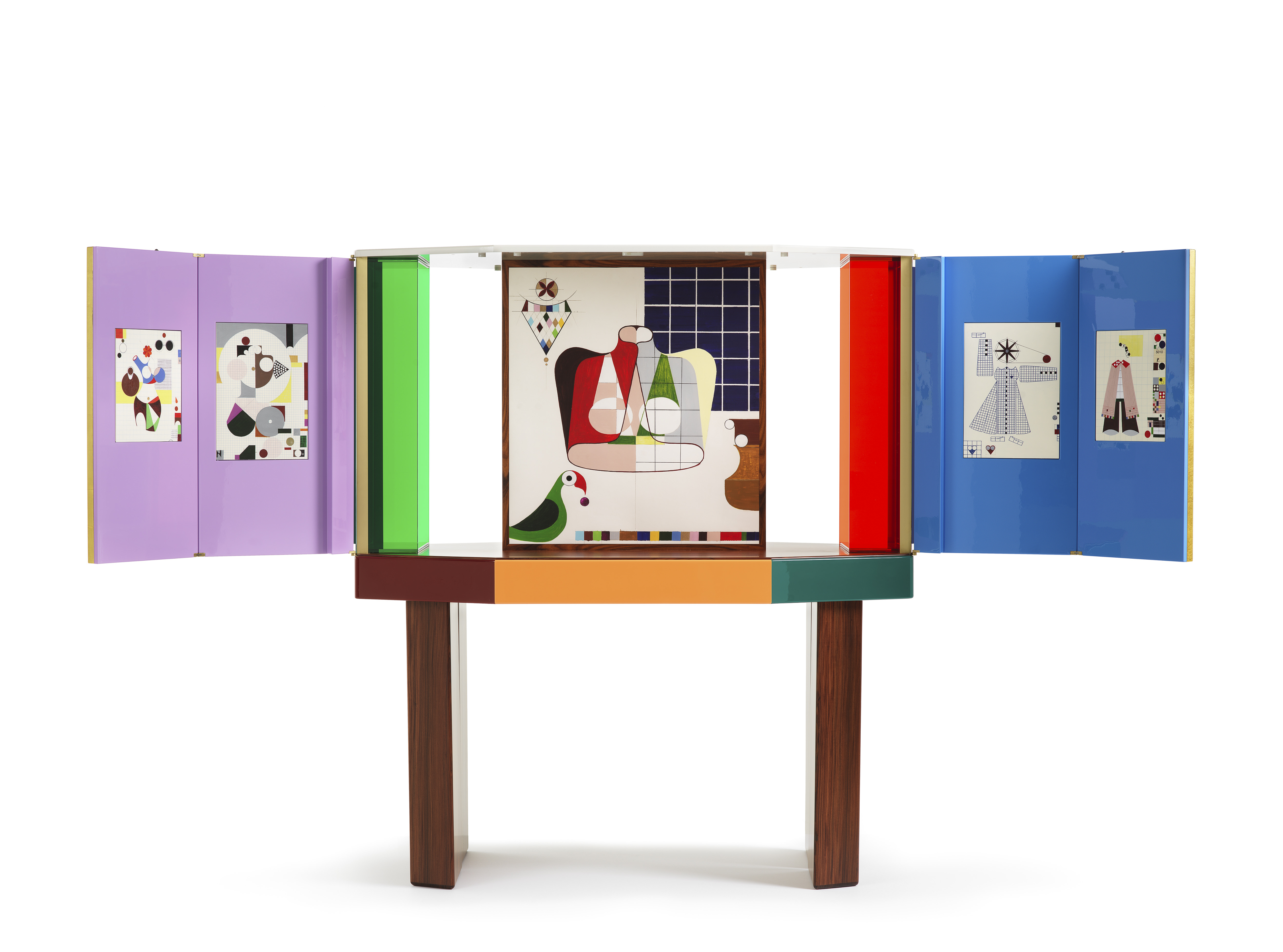
There is a quiet power in objects imbued with the maker’s identity, history, and lived experience. Art has long been a vessel for storytelling, its language deepening over time, yet this evolution remains somewhat unfinished; women’s voices continue to be underrepresented, their perspectives still pushing for equal space within the cultural conversation.
Against this backdrop, initiatives that actively shape gender equity in the creative sphere take on profound significance. Among them is the Mecca x NGV Women in Design Commission, supported by Mecca’s M-Power; it's a landmark Australian series inviting globally acclaimed women designers to create groundbreaking new works for the National Gallery of Victoria (NGV) Collection.
This year, the fourth commission-winner Nipa Doshi, one half of the London-based practice Doshi Levien, will present ‘A Room of My Own’ – a handcrafted, multidimensional cabinet and shrine, to be unveiled on 25 September 2025 at NGV International in Melbourne, where it will become a permanent part of the gallery’s collection.
A Room of My Own: Nipa Doshi's Mecca x NGV Women in Design Commission
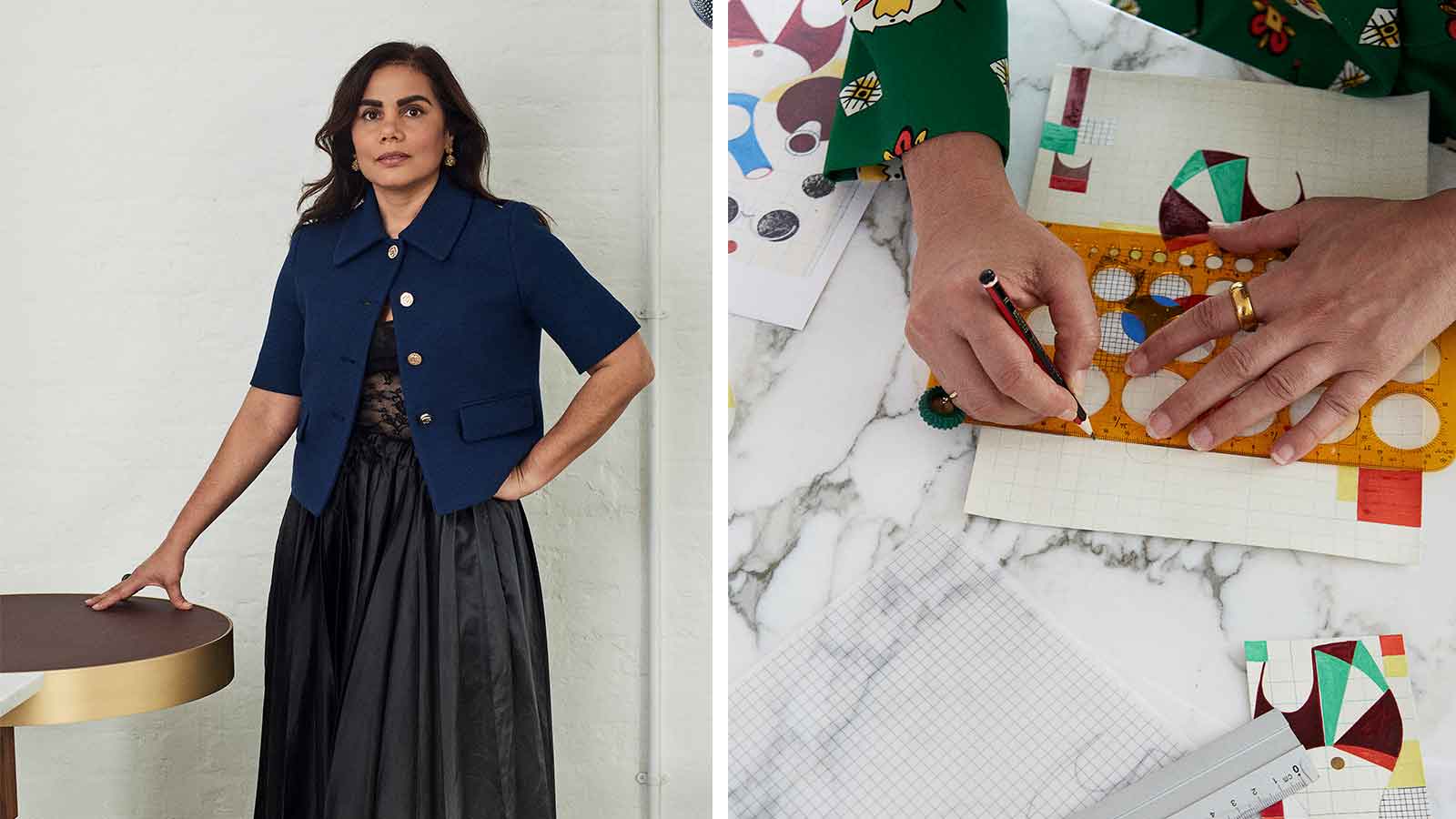
Part artwork, part architectural gesture, the piece draws deeply from Doshi’s cultural heritage, echoing the sensibilities that also define her award-winning industrial product designs, where fine craftsmanship meets modern innovation and Indian visual culture.
The cabinet draws from one of India’s oldest storytelling traditions: originating over 400 years ago in Rajasthan, kaavads or tiny wooden cabinets are, to date, made by skilled craftsmen, with hand-painted panels depicting gods, goddesses, local heroes, and saints. As each panel is unfolded, a kaavadiya or storyteller reveals and narrates the tale, layer by layer, like a journey through time.
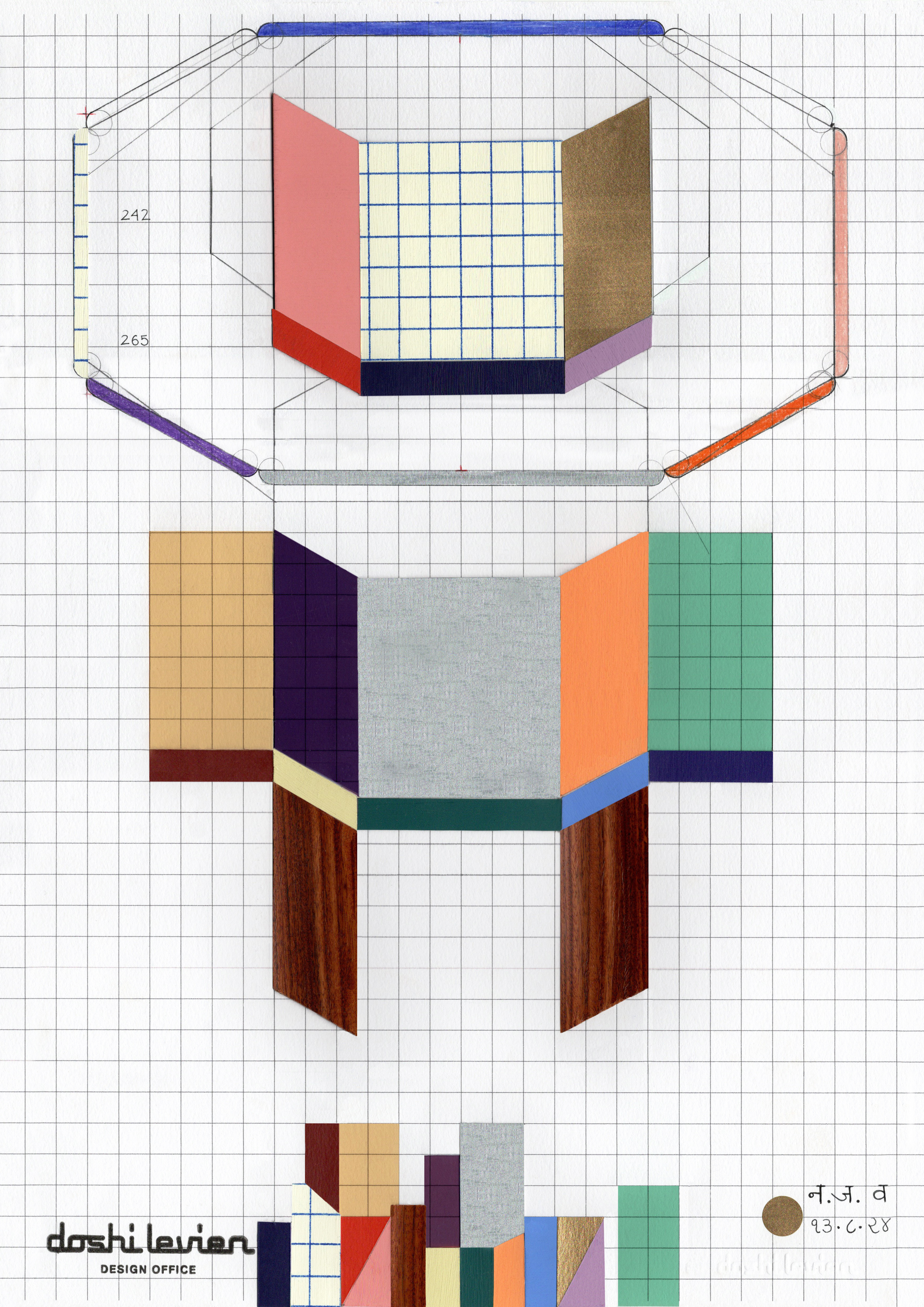
'My piece, inspired by this tradition, also honours the influential women in my life,' says Doshi. The multifaceted cabinet, part dressing table, part shrine, adorned with abstract portraits of these women, is as much about caring for the body as it is for nourishing the mind and soul. It reflects the idea of women as inherently multifaceted. The piece is architectural and narrative.'
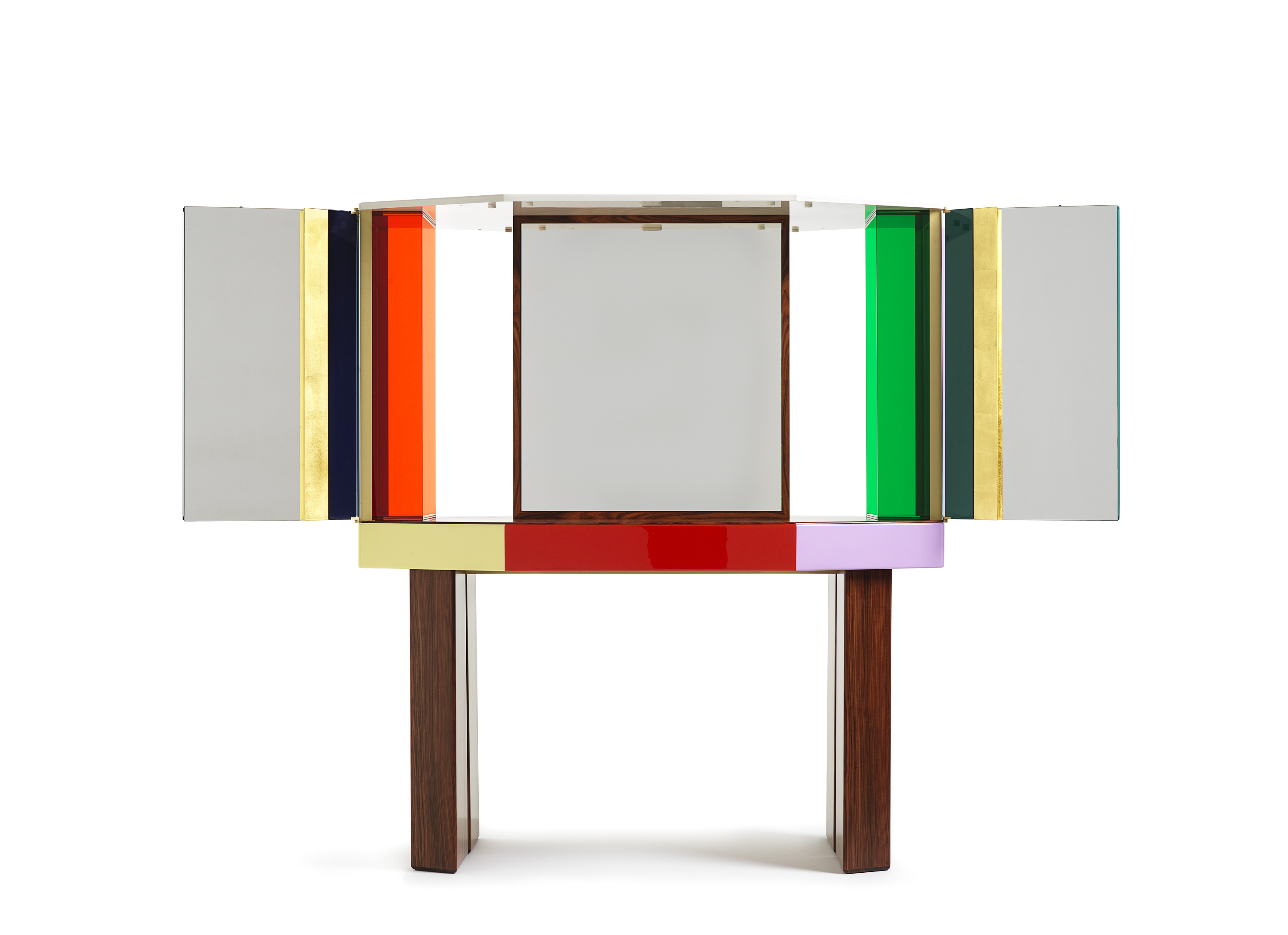
The cabinet takes the form of an elongated octagon: when it's opened up, one side showcases paintings while the other side features a mirror. It can serve as a dressing table or a writing desk.
Receive our daily digest of inspiration, escapism and design stories from around the world direct to your inbox.
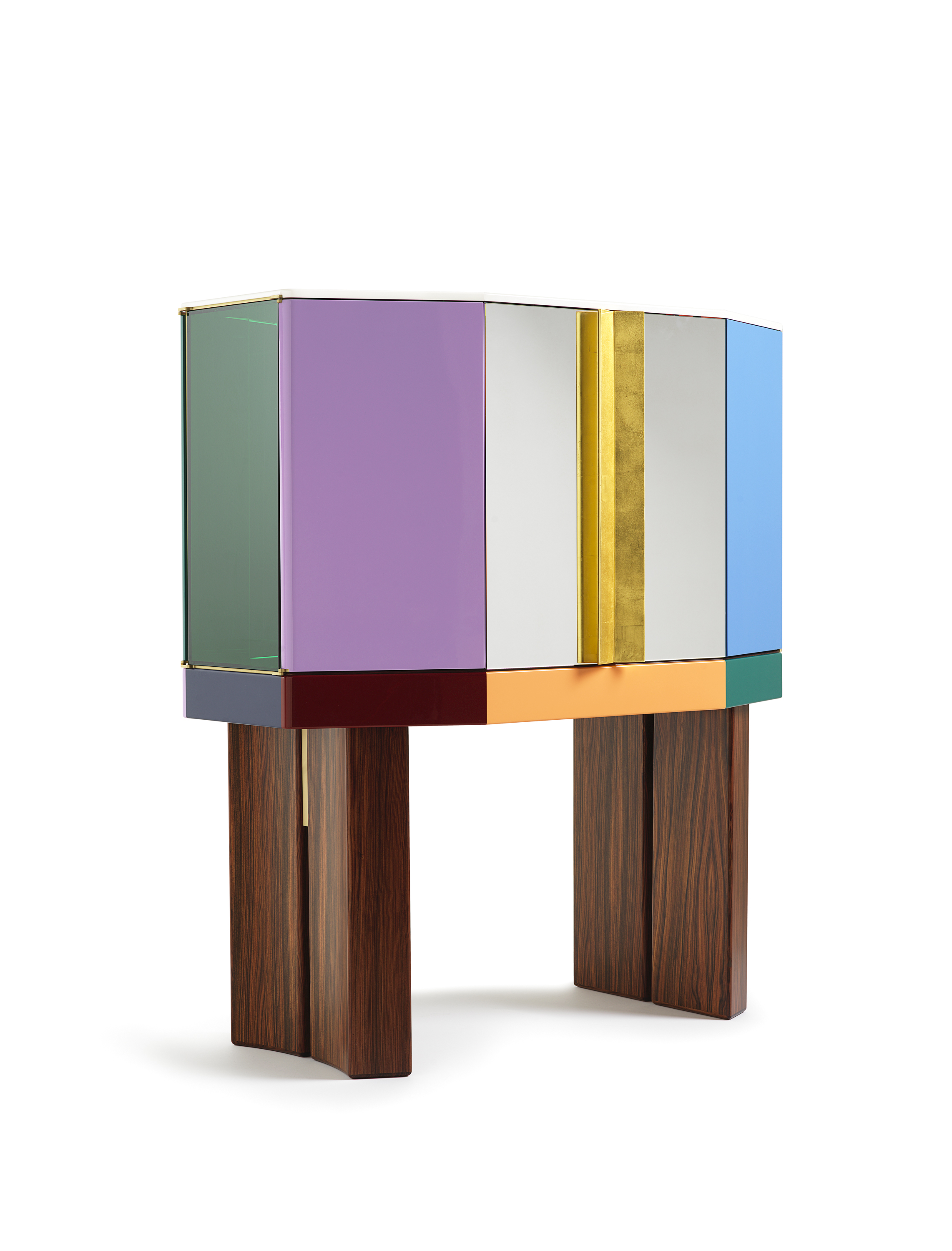
The paintings depict five central characters from Doshi’s life: the first is titled Loud Ladies. 'This relates to my earliest memory of growing up around my mother’s friends, across different generations. They would gather in the afternoons, talking animatedly about their lives. What I observed was a true sense of community and female kinship; this instinct to support one another. My idea of beauty was shaped then, not only by the way they presented themselves, but also by how they cared for each other.'
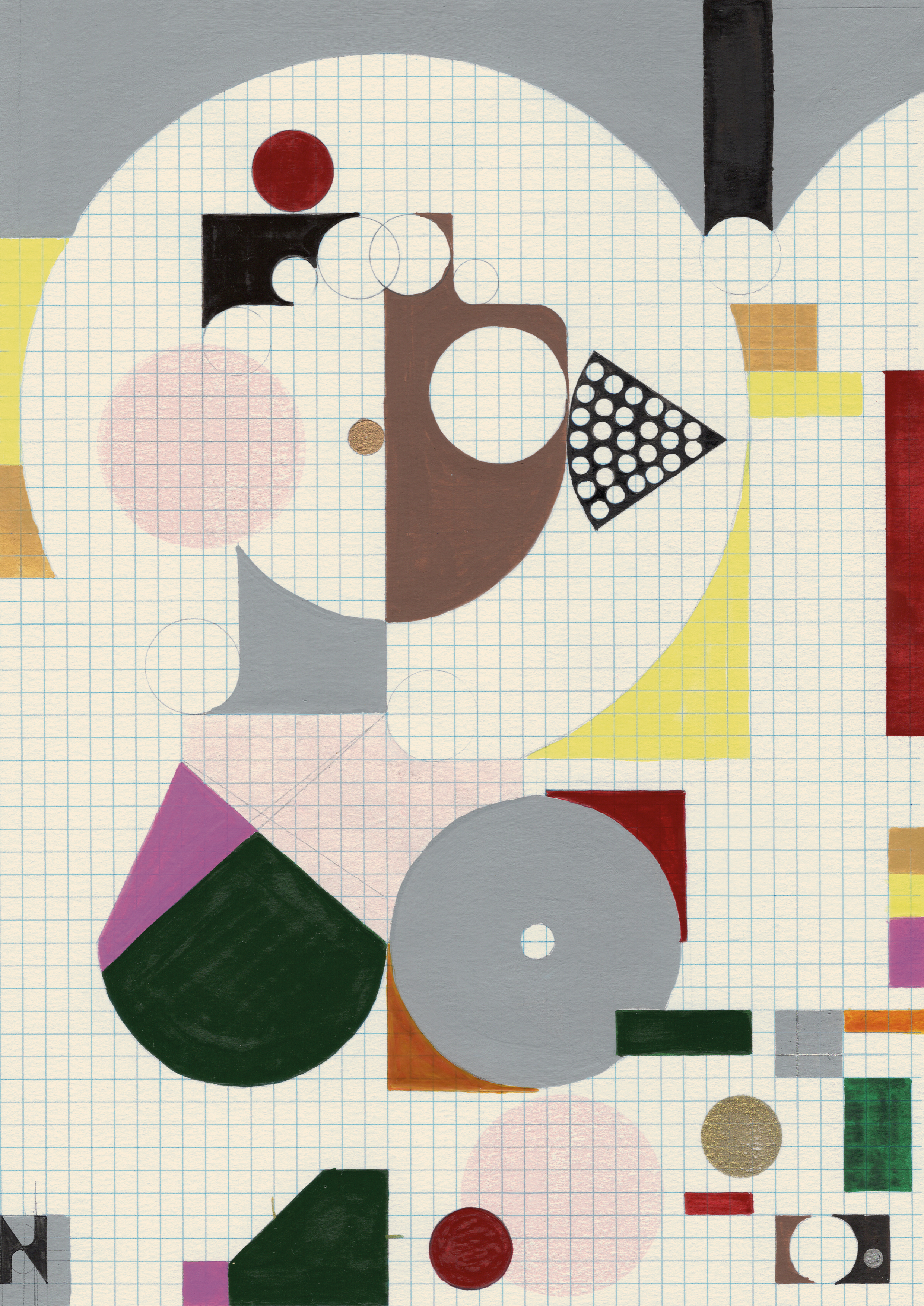
Loud Ladies, Gansai Tambi paint on paper
The second, titled Maya, honours Doshi’s aunt, a true powerhouse who ran a textile workshop, collaborated with master craftswomen, founded two NGOs supporting women, worked as a chartered accountant, and even established schools.
The third is called Nina – an architect, whose visits to Doshi in hospital were marked by warmth and sartorial splendour.
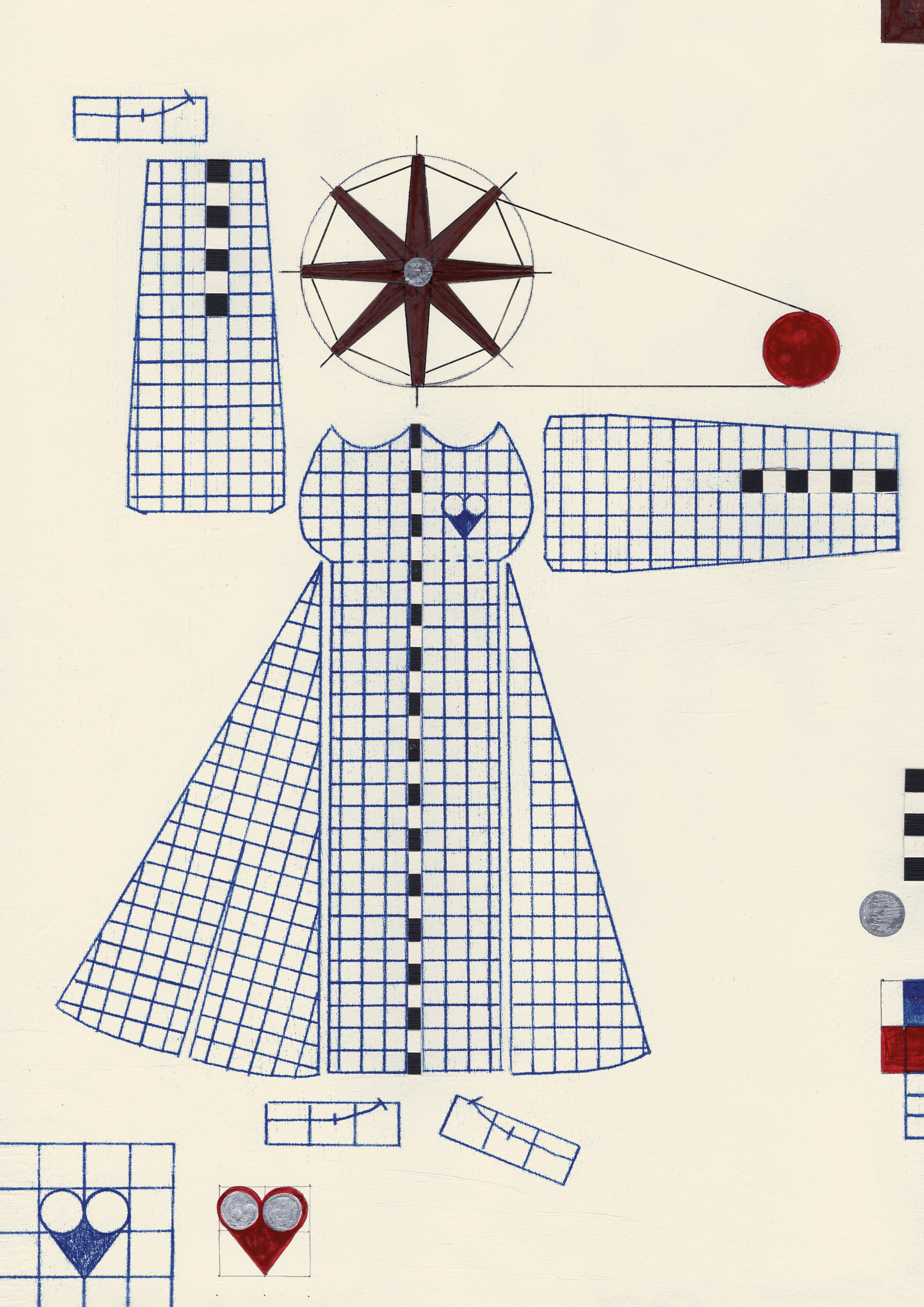
Maya, Gansai Tambi paint and carbon paper print
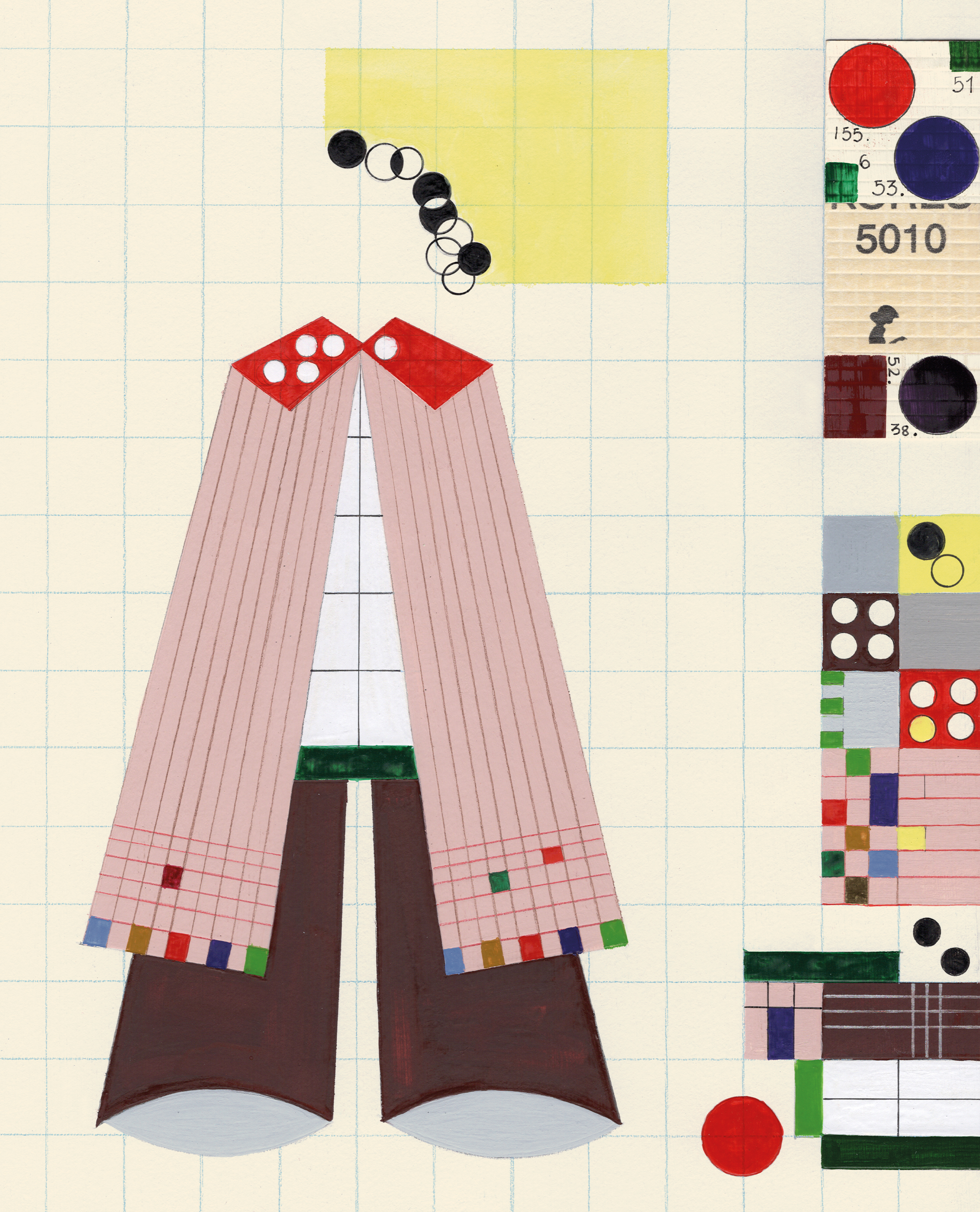
Nina, Gansai Tambi paint on paper
The fourth is Zeenat, named after the iconic Bollywood star Zeenat Aman from the 70s, celebrated for her avant-garde style, bold on-screen roles, and timeless beauty. At times a village belle, at others a free-spirited hippie, she embodied effortless allure. In the cabinet, Zeenat becomes a symbol of sensuality and glamour; a reminder that it holds space for every kind of woman. 'And in the centre is a self-portrait, reflecting on the ideas of confidence, self-love and respect,' adds Doshi.
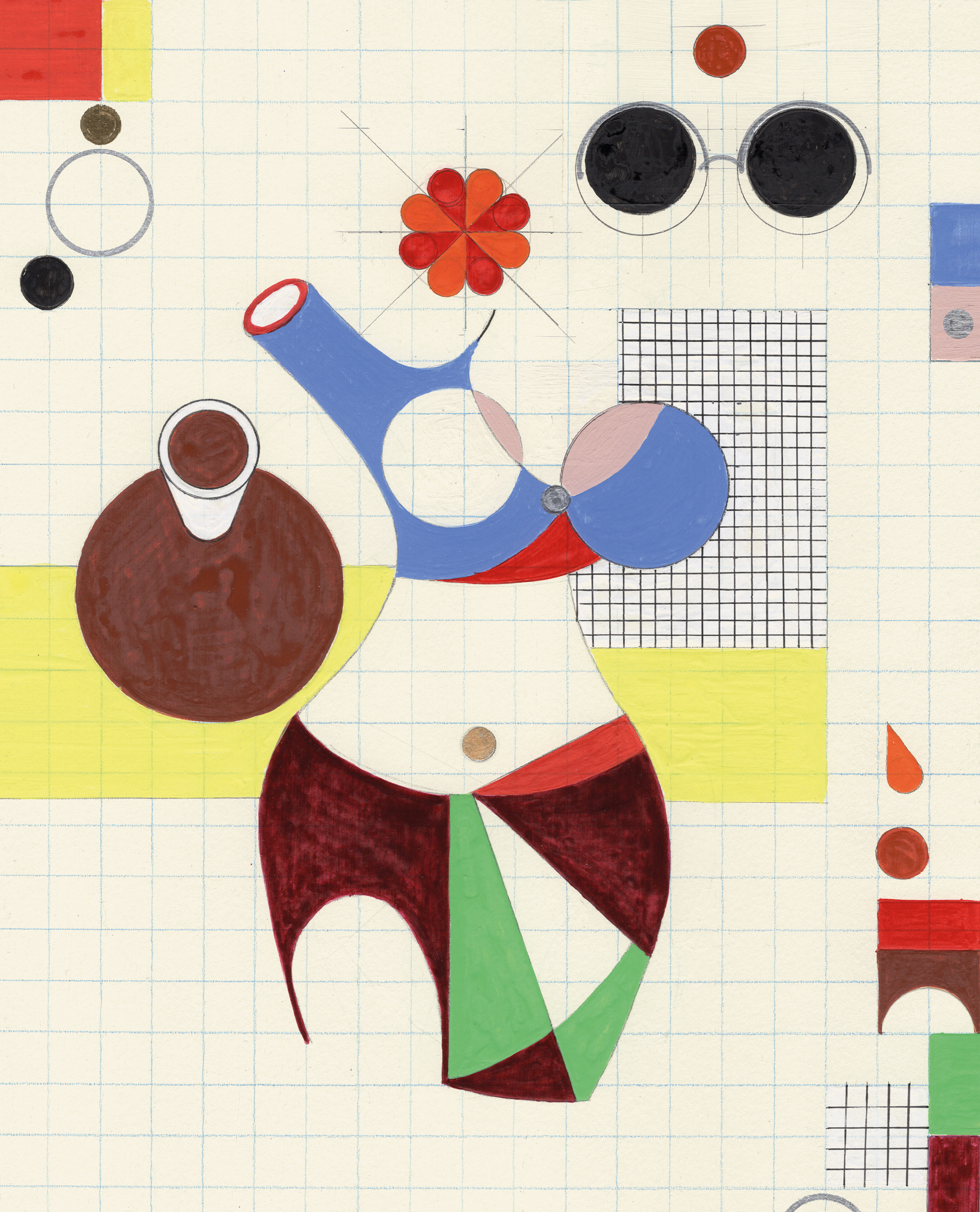
Zeenat, Gansai Tambi paint on paper
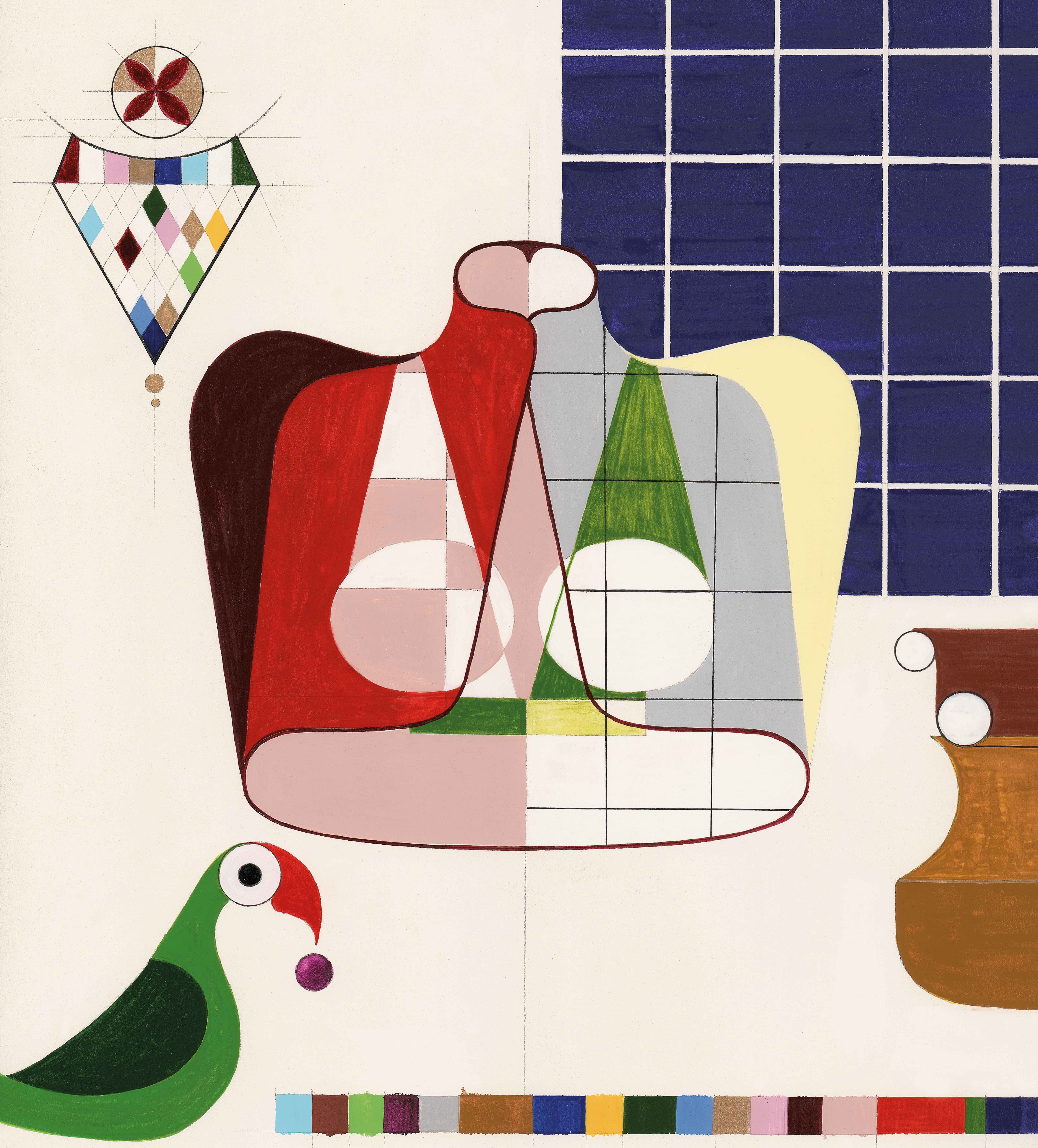
Self Portrait, Gansai Tambi paint on paper
'In the centre is a self-portrait, reflecting on the ideas of confidence, self-love and respect'
This unique piece of work was developed by Doshi in close collaboration with her partner Jonathan Levien and was made in France by Atelier Helbecque. The wonderful colours of lacquer, all hand-mixed in Doshi's studio, are inspired by the vivid world of 1970s Indian cinema, the jewel tones of Jodhpur’s miniature paintings, and the evocative works of Amrita Sher-Gil and photographer Raghubir Singh. Elements of brass and gold leaf add a subtle sheen to the piece, while the glass interior allows light to flow through, eliminating the need for internal lighting.
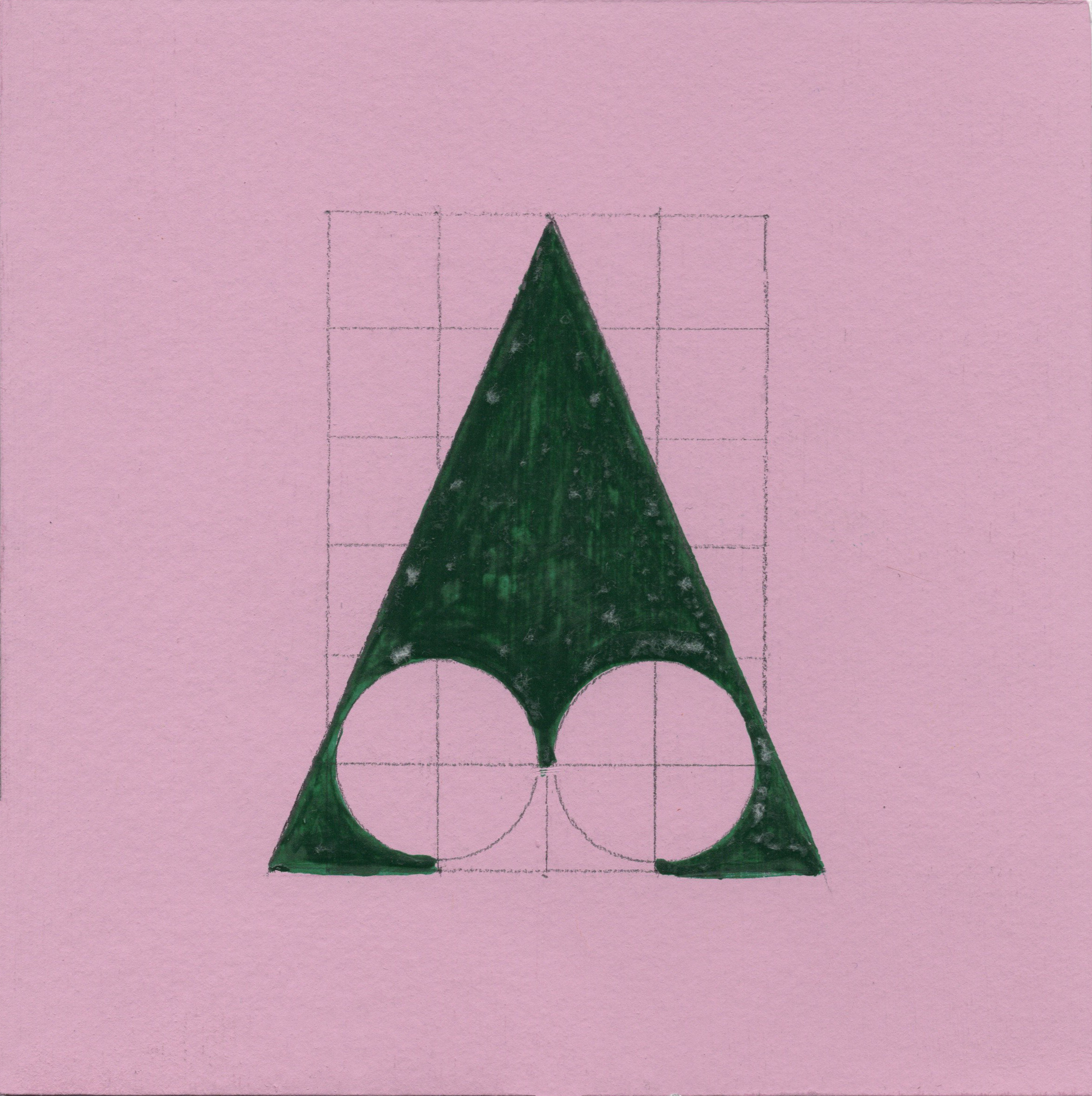
Letter A from Doshi's bespoke typeface
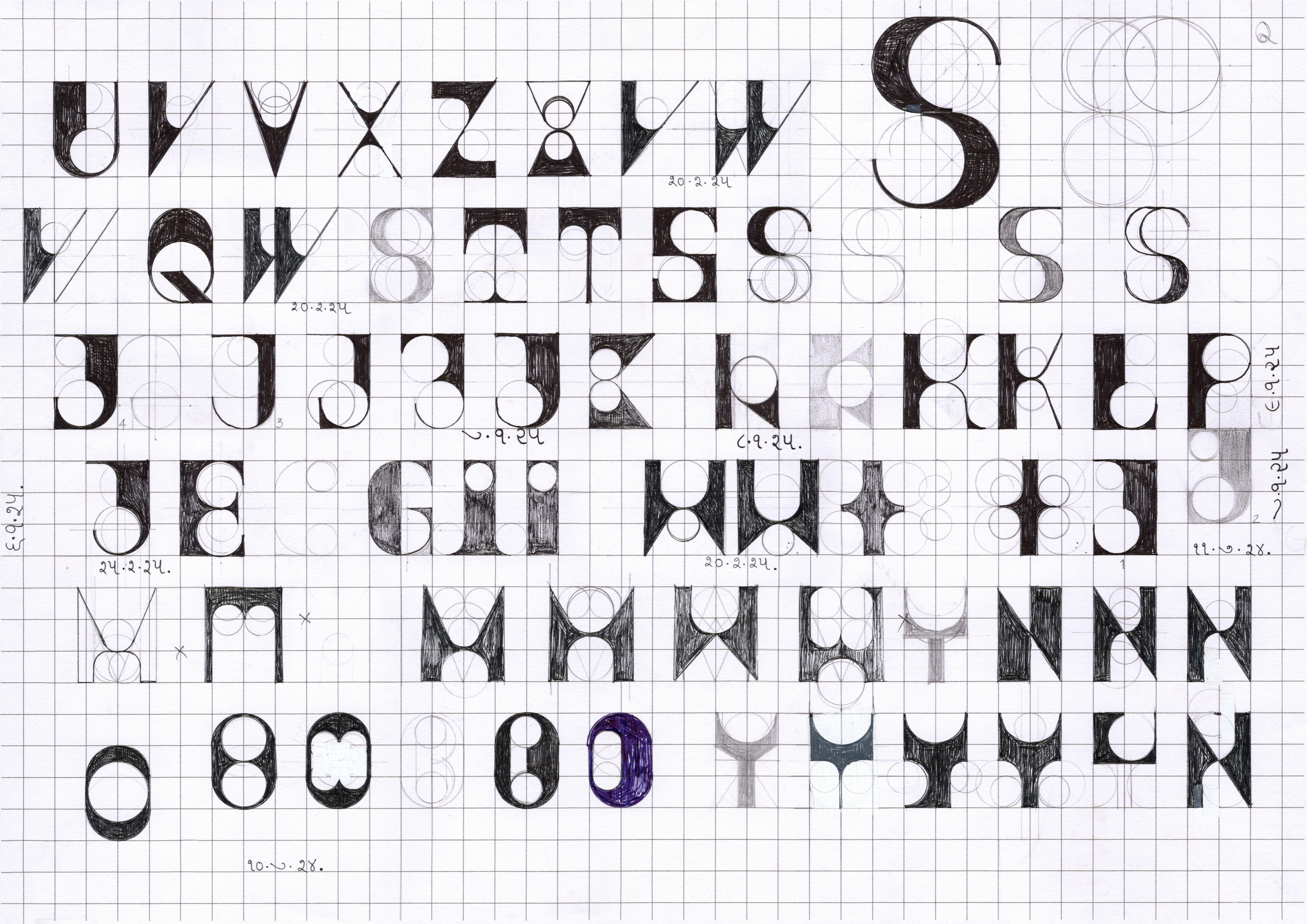
Development of typeface by Nipa Doshi
Perhaps the most special aspect of this project is the creation of a truly one-of-a-kind typeface, made possible by the time and resources provided by Mecca x NGV. Over five months, Doshi designed a bespoke font on mathematical grids, each letter formed like intricate pieces of jewellery. From the precious A, O, and T to the tiniest heart motifs, every detail of each character is exquisitely resolved. The gallery has acquired the typeface too, as part of the permanent collection.
Nipa Doshi's exhibition at NGV
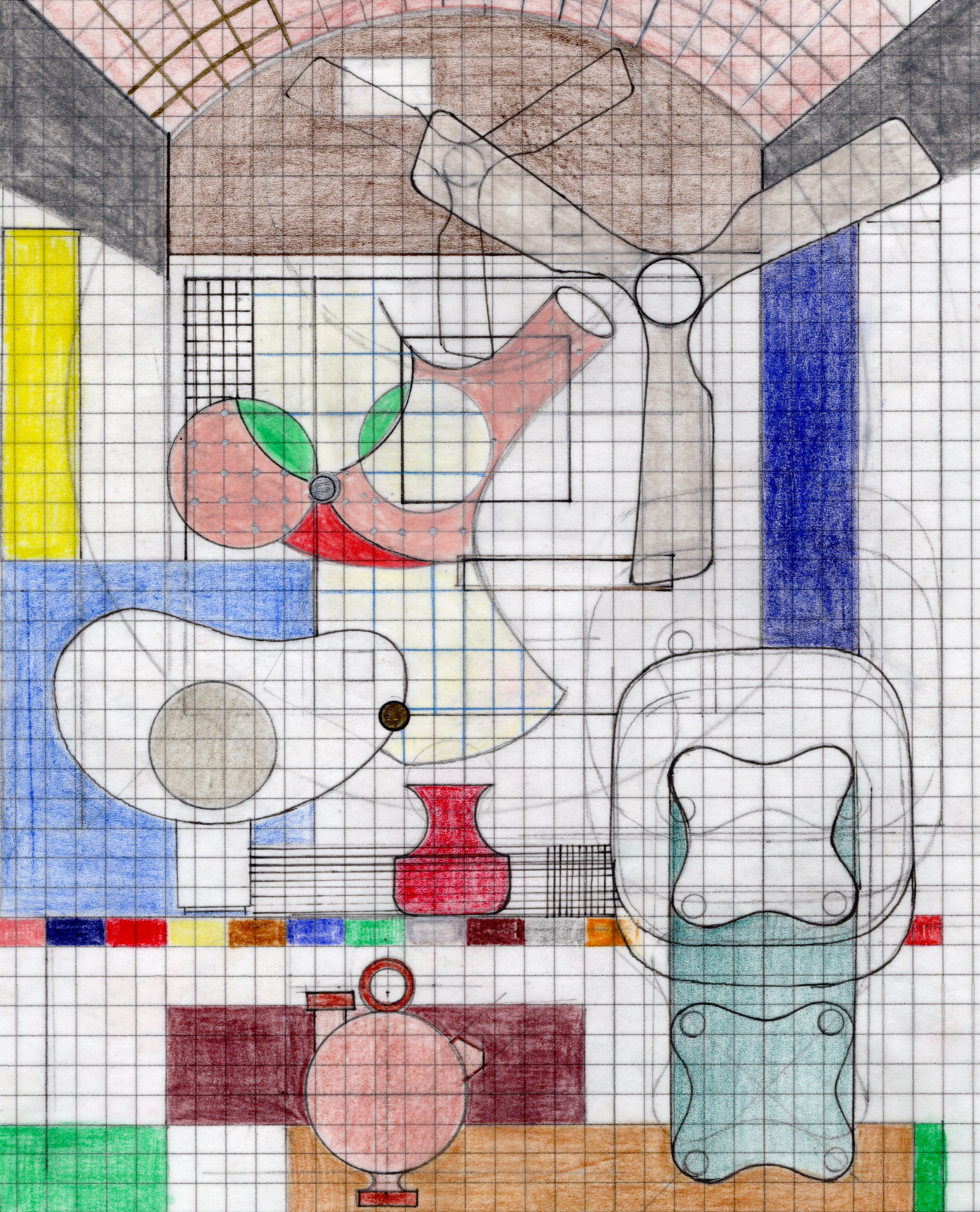
Preparation for 'Drawing - Memories of Home - Real and Imagined' Wall Panel
For the exhibition, Doshi has conceived two four-metre-long textile panels that weave together memories of home, both real and imagined, positioned alongside the cabinet. On closer inspection, intimate symbols emerge from her India: a surahi (water jug), echoes of Zeenat and even objects from her studio, all distilled into abstract forms.
Alphabets will be hand-painted by a master sign painter, and the textile panels will be illuminated. Complementing the installation, the museum will screen a specially commissioned film, guiding visitors through the cabinet’s intricate interiors and details, set to the nostalgic rhythms of iconic Hindi film songs.
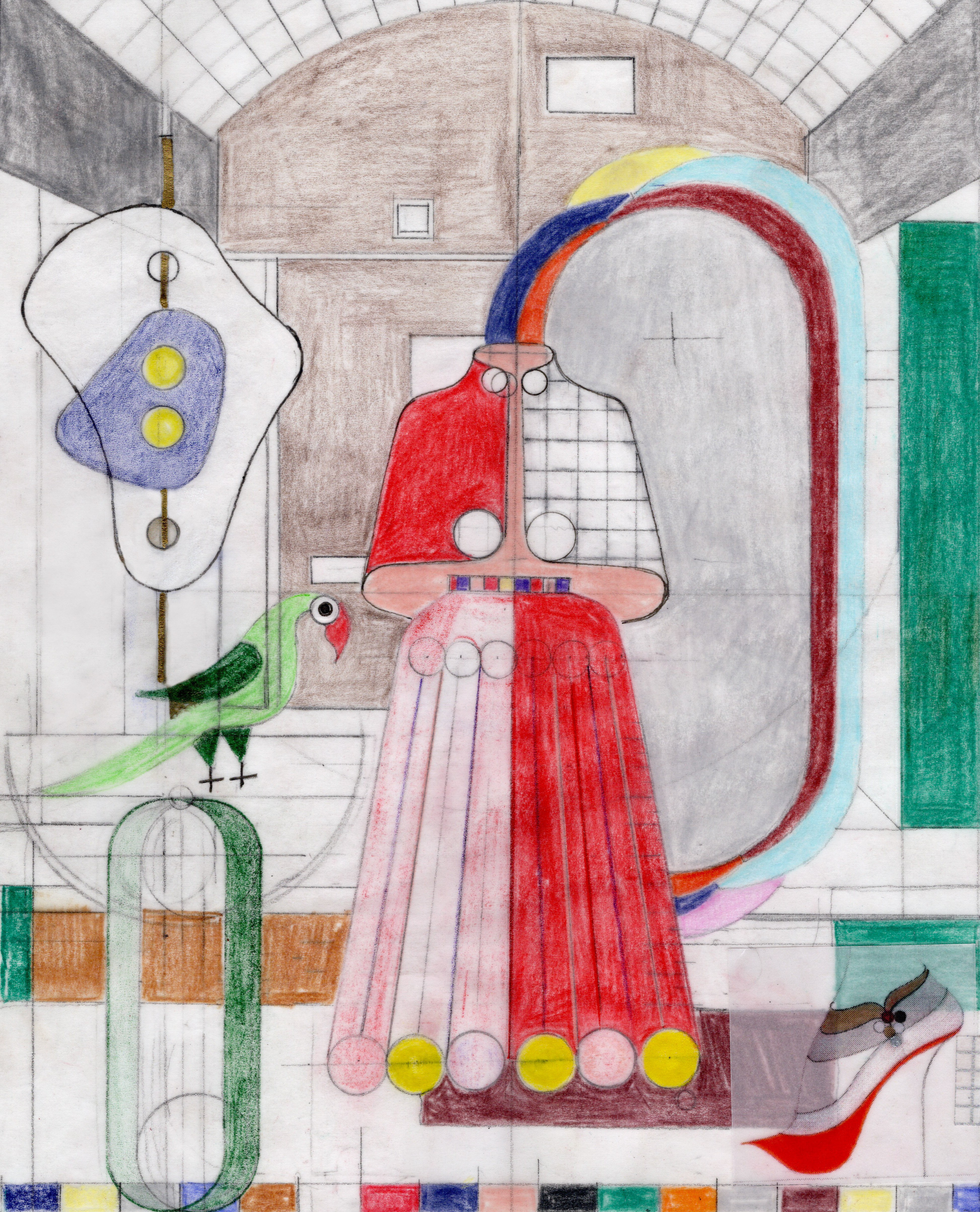
'I wanted to create work that truly reflects my values in design, both as an individual and as a woman,' shares Doshi. 'I wanted to design a space that I would want to inhabit, centred on well-being. I feel proud and honoured to receive this opportunity; it has opened up another universe for me and my creative endeavours.'
Aditi Sharma is a content specialist with 14 years of experience in the design and lifestyle space. She specialises in producing content that resonates with diverse audiences, bridging global trends with local stories, and translating complex ideas into engaging, accessible narratives.
-
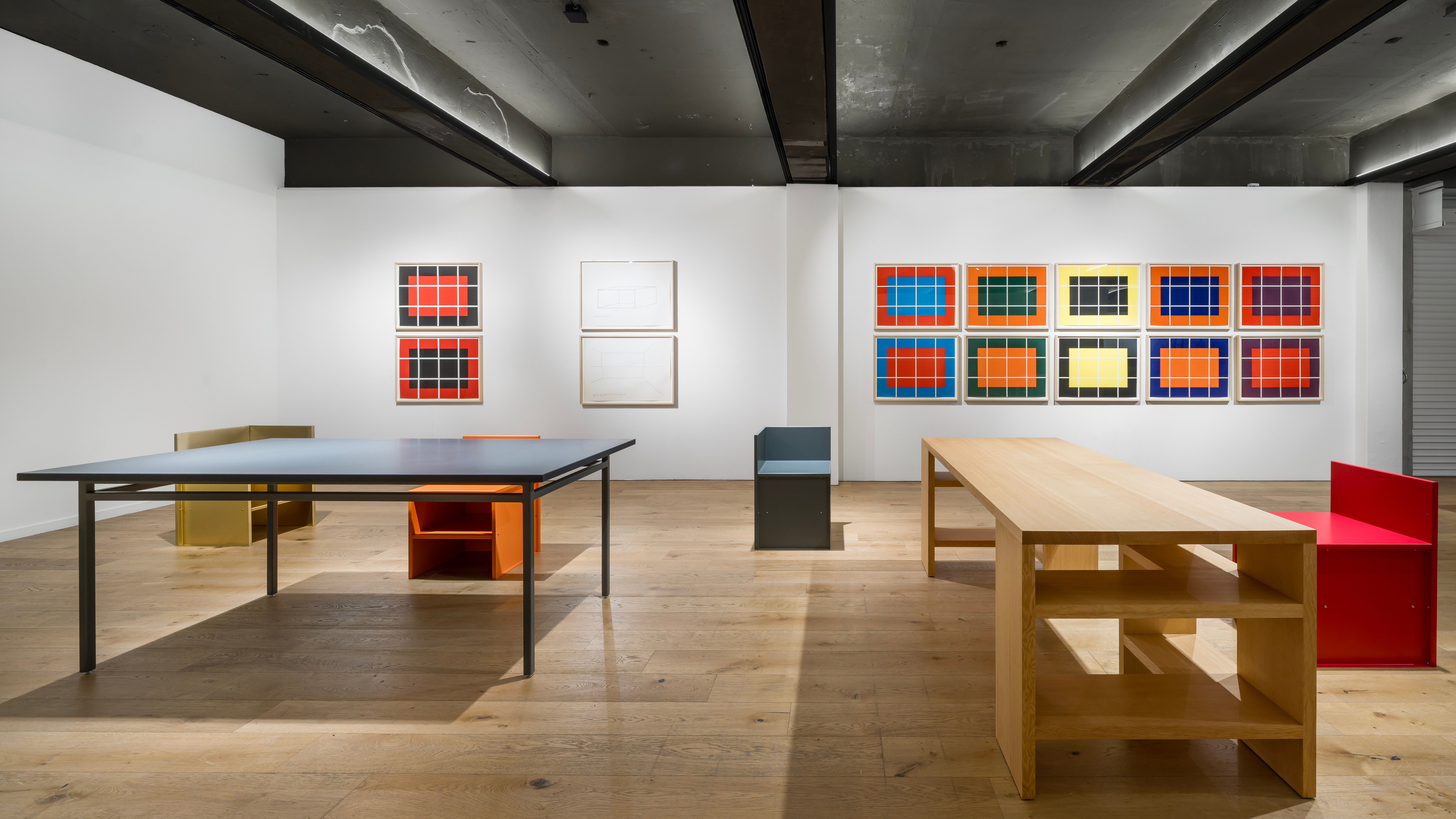 Donald Judd's furniture arrives in South Korea for the first time
Donald Judd's furniture arrives in South Korea for the first timeAt Hyundai Card Storage, a new exhibition curated by Flavin Judd brings together thirty-eight furniture designs by the artist, revealing how his thinking on proportion, materials and use shaped everyday space
-
 The best Miami hotels to book for design-minded travellers
The best Miami hotels to book for design-minded travellersIn town for Art Basel or Design Miami? These are the city’s most stylish stays, whether you’re looking to hit the beach or have a spa day
-
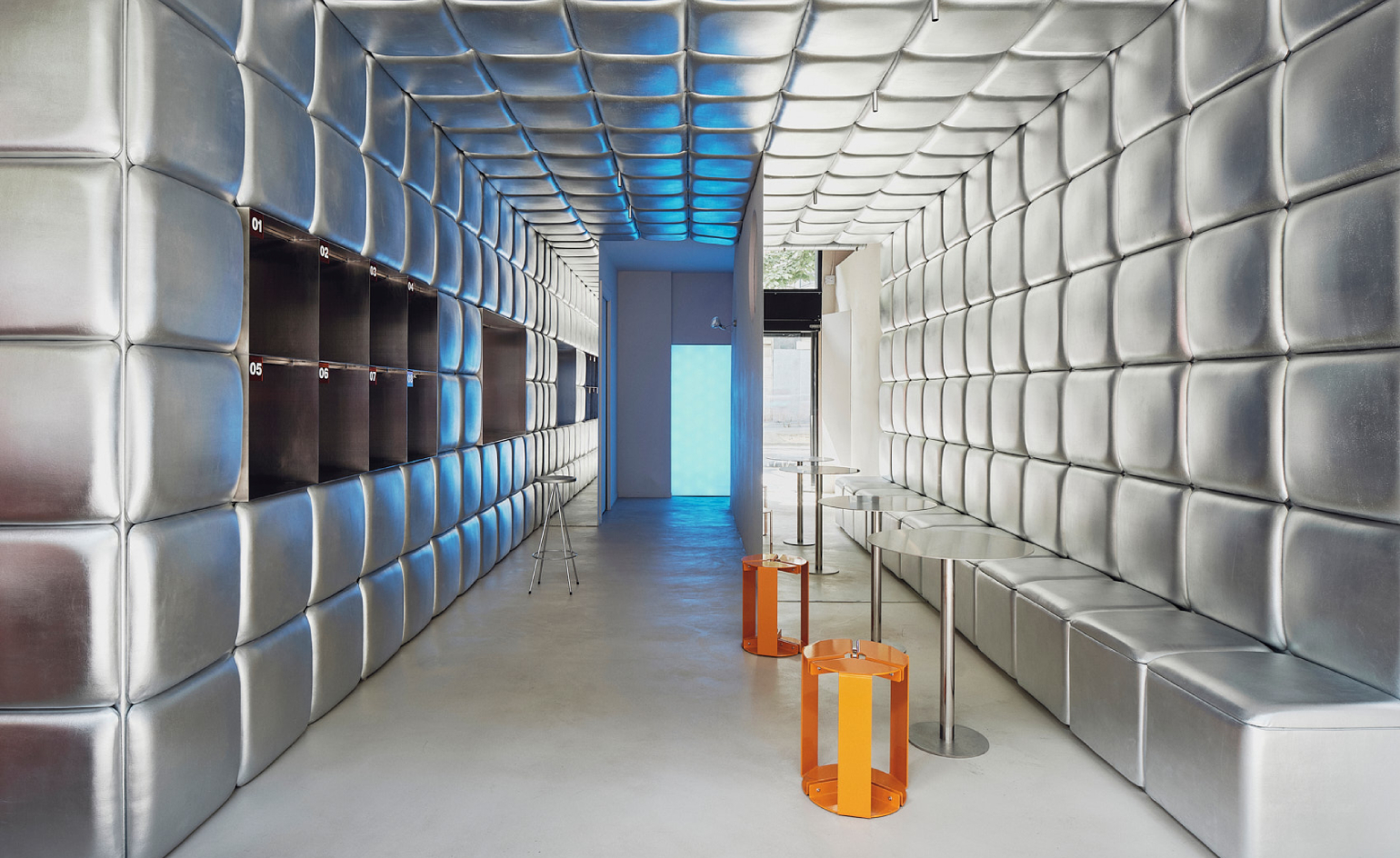 Enter a metallic, maximalist playground for pasta lovers in Barcelona
Enter a metallic, maximalist playground for pasta lovers in BarcelonaRelleno’s first flagship restaurant pushes casual dining into a chrome-lined future, wrapping guests in a sculptural grid that riffs on the geometry of filled pasta
-
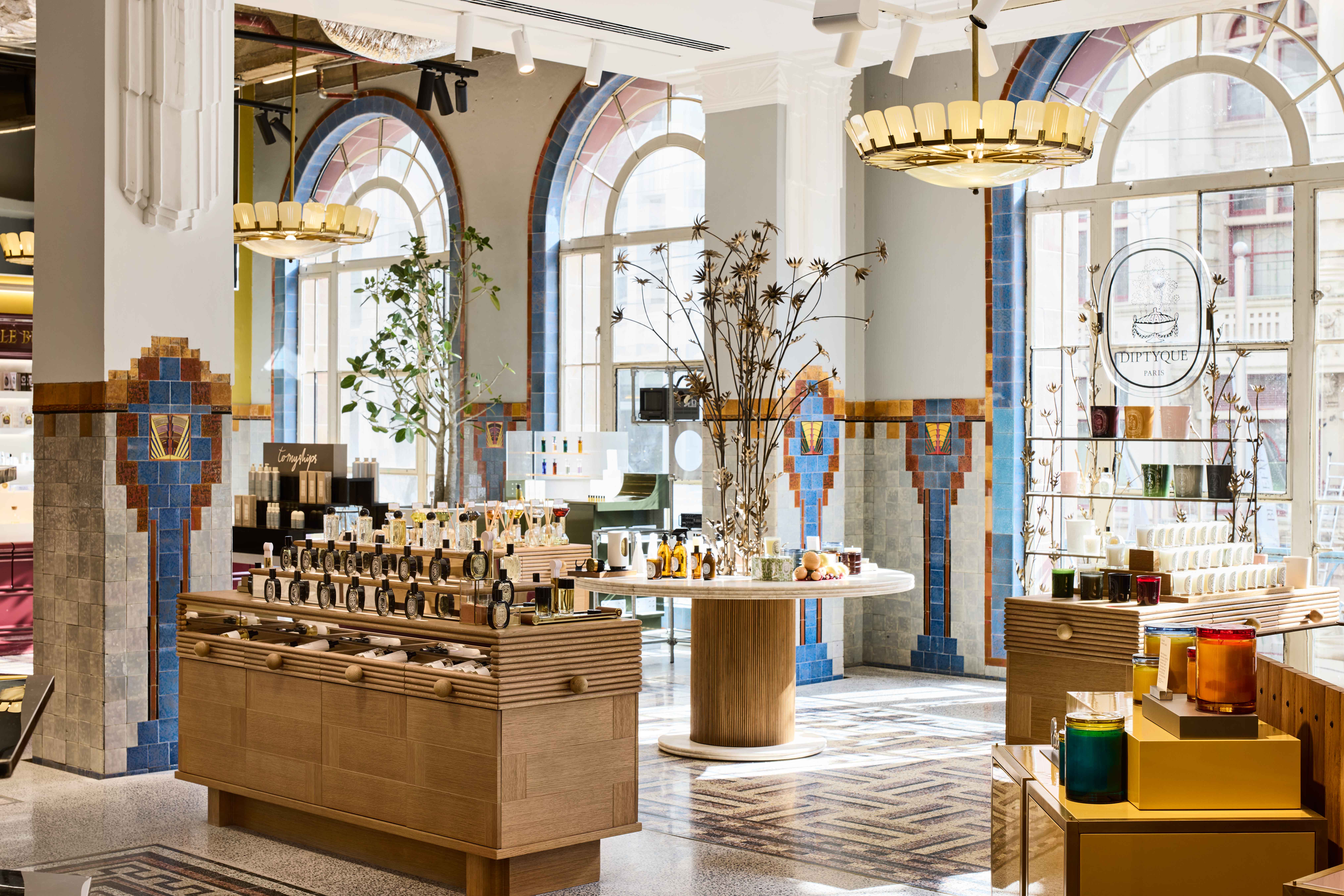 ‘A love letter to the city’: Mecca Melbourne opens in art deco building
‘A love letter to the city’: Mecca Melbourne opens in art deco buildingAustralian beauty brand Mecca just opened the doors to its new Melbourne store, with a stunning renovation of a historical art deco building by Studio McQualter
-
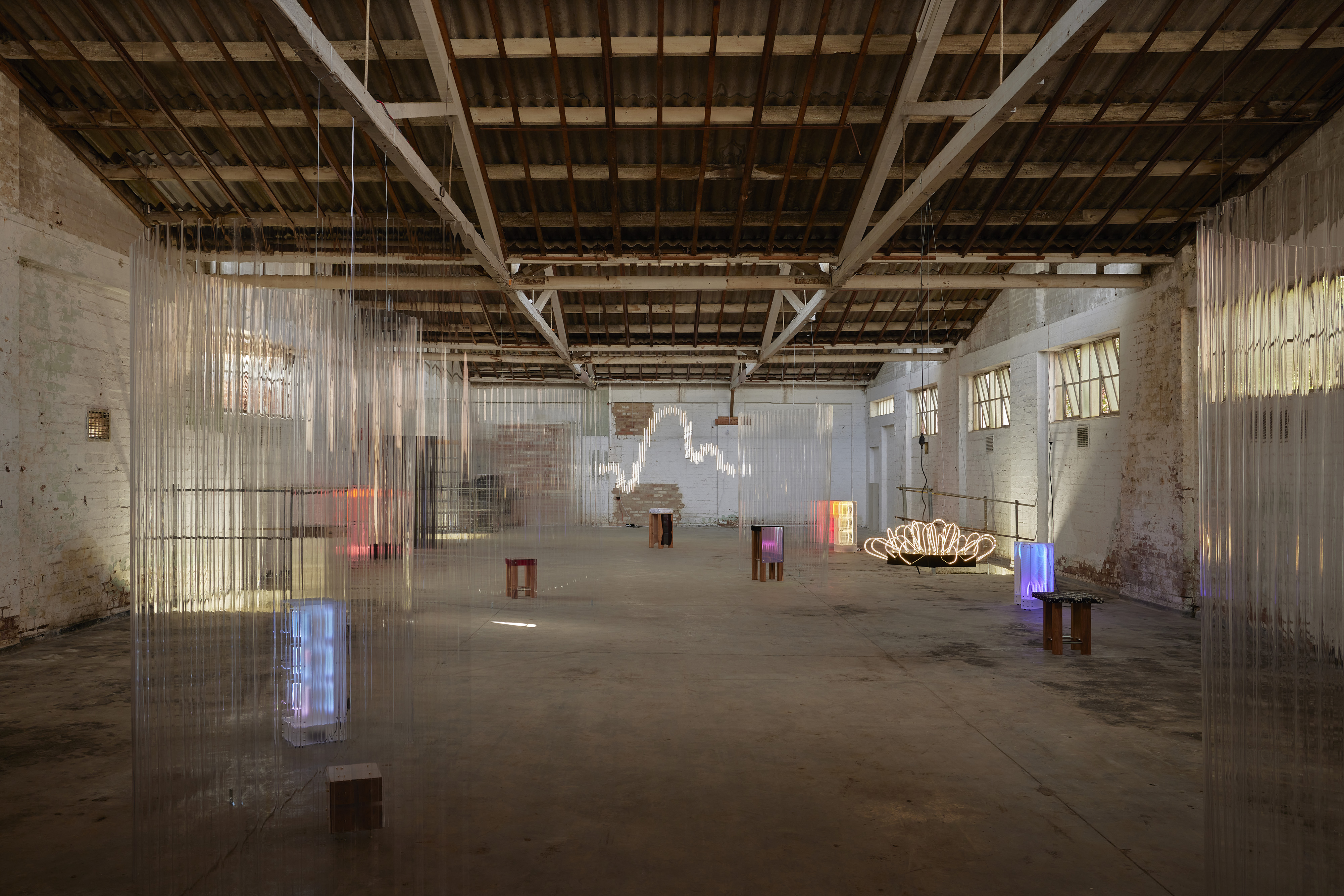 Melbourne Design Week 2024 activates unexpected spaces across the city
Melbourne Design Week 2024 activates unexpected spaces across the cityMelbourne Design Week 2024 (until 2 June) returns with a theme of ‘Design the world you want'
-
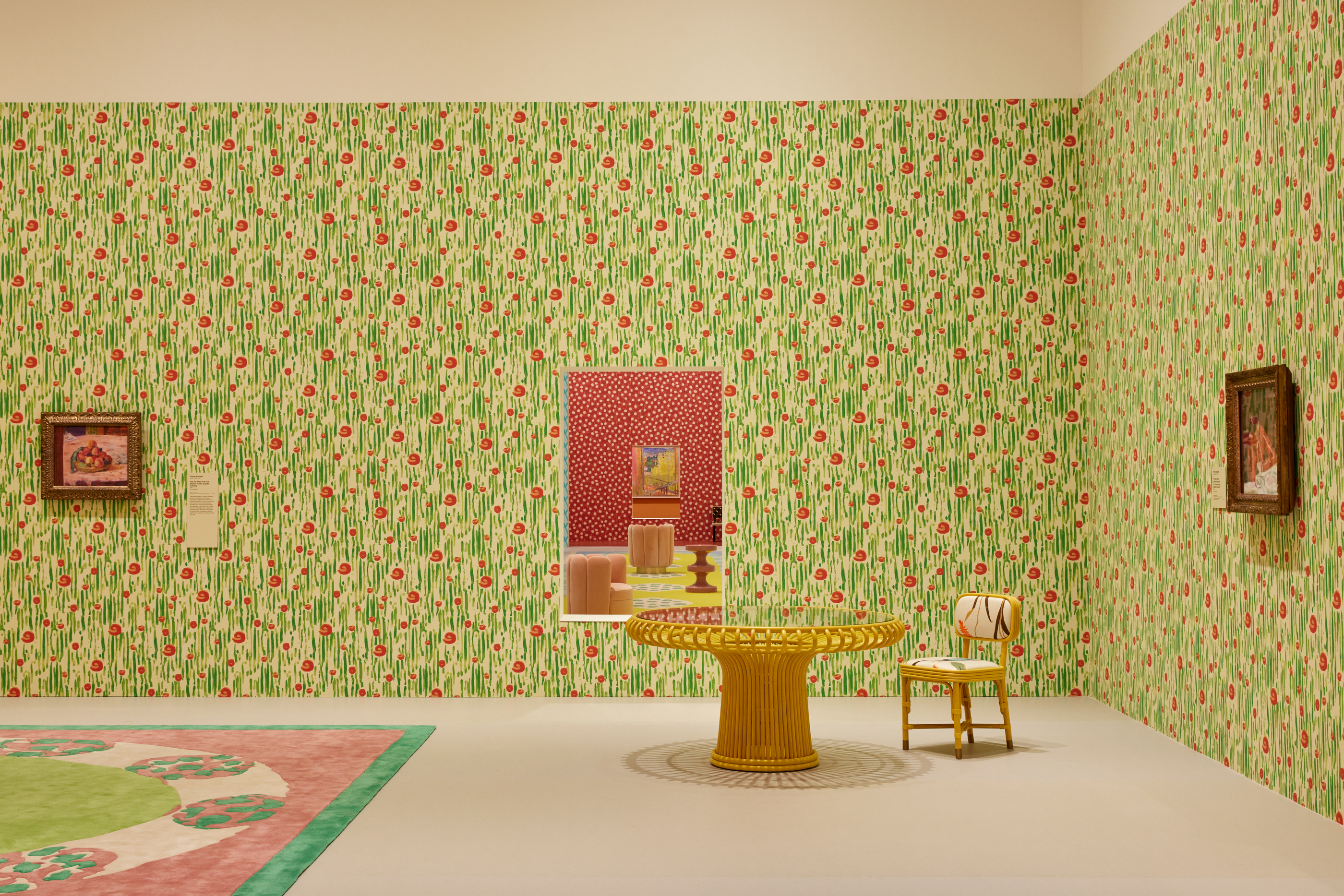 Pierre Bonnard’s NGV exhibition designed by India Mahdavi is a technicolour feast
Pierre Bonnard’s NGV exhibition designed by India Mahdavi is a technicolour feastPierre Bonnard: Designed by India Mahdavi at NGV Melbourne is on view until 8 October 2023
-
 World View: Letter from Melbourne
World View: Letter from MelbourneOur new series shines light on the creativity and resilience of designers around the world as they confront the challenges wrought by the Covid-19 pandemic. Working with contributing editors across eleven global territories, we reach out to creative talents to ponder the power of design in difficult times and share messages of hope. Melbourne’s creatives are taking on the blurring of personal and professional realms, domestic design that improves mental and physical health, and experimental formats for cultural programming, discovers our Australia editor Elias Redstone.